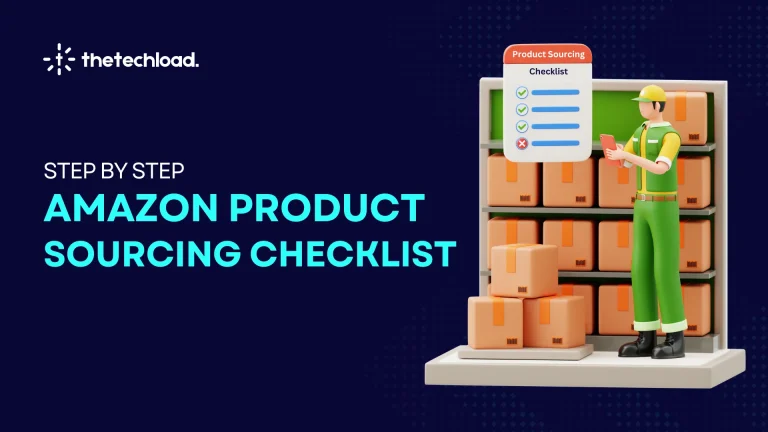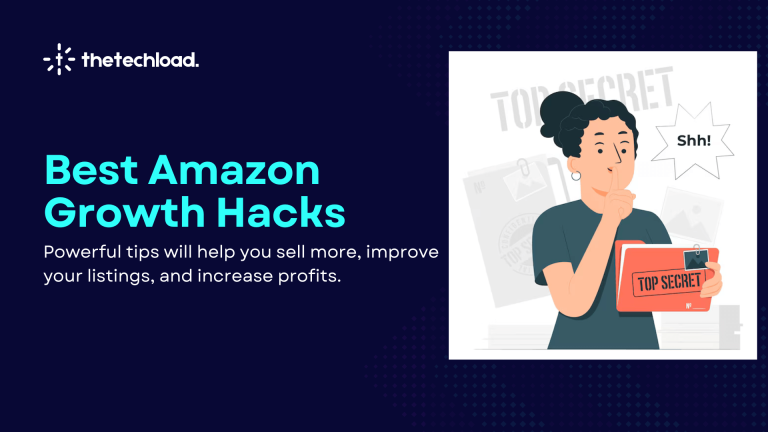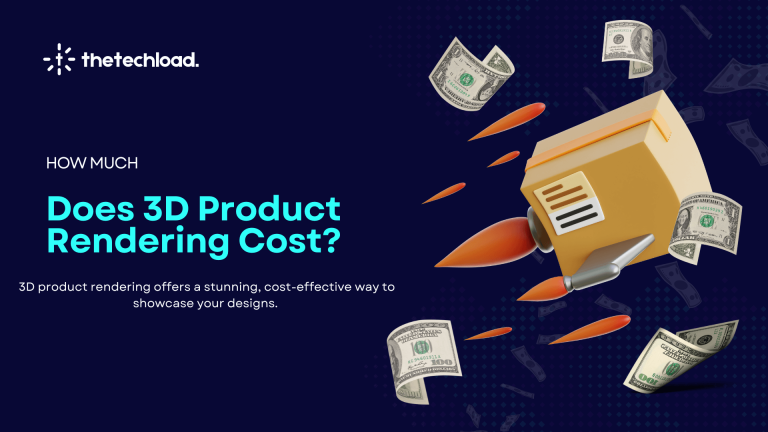Sourcing the right products is one of the most critical steps for succeeding as an Amazon FBA seller. Without a clear plan, you risk choosing items that don’t sell or hurt your profit margins. That’s where an Amazon Product Sourcing Checklist becomes invaluable; it helps you identify winning products and avoid costly mistakes.

The process can feel overwhelming with so many factors to consider, like supplier reliability, shipping costs, and market demand. But having a checklist ensures you cover all the essentials for finding profitable, high-demand products.
Ready to streamline your sourcing strategy? Keep reading for a step-by-step guide to creating a practical product sourcing plan that sets your Amazon FBA business up for success!
Understanding the Importance of Amazon Product Sourcing
Effective product sourcing is the backbone of a thriving Amazon FBA business. It’s not just about finding items to sell but ensuring they align with profitability, market demand, and compliance.
Good sourcing protects your brand reputation, saves costs, and helps you stay competitive in a crowded marketplace. You risk losing time, money, and opportunities to grow your business without the right approach.
- Ensure profitability by sourcing cost-effective products.
- Keep up with market trends and seasonal demand.
- Build credibility with high-quality, reliable products.
Amazon Product Sourcing Checklist:
Here’s an easy-to-follow Amazon Product Sourcing checklist to ensure your product sourcing for Amazon FBA is efficient and successful:
- Conduct Comprehensive Market Research
- Choose the Right Sourcing Method
- Verify Product Compliance and Restrictions
- Evaluate Product Condition Standards
- Ensure Product Profitability
- Test Products Before Scaling
- Plan for Seasonal Demand
- Build Strong Supplier Relationships
Amazon Product Sourcing Checklist: Step-by-Step
1. Conducting Comprehensive Market Research
Market research is the cornerstone of a successful Amazon product sourcing checklist. It helps identify trends, demand, and competition, enabling you to source high-potential products. Use reliable tools and data to make informed decisions that align with customer preferences.
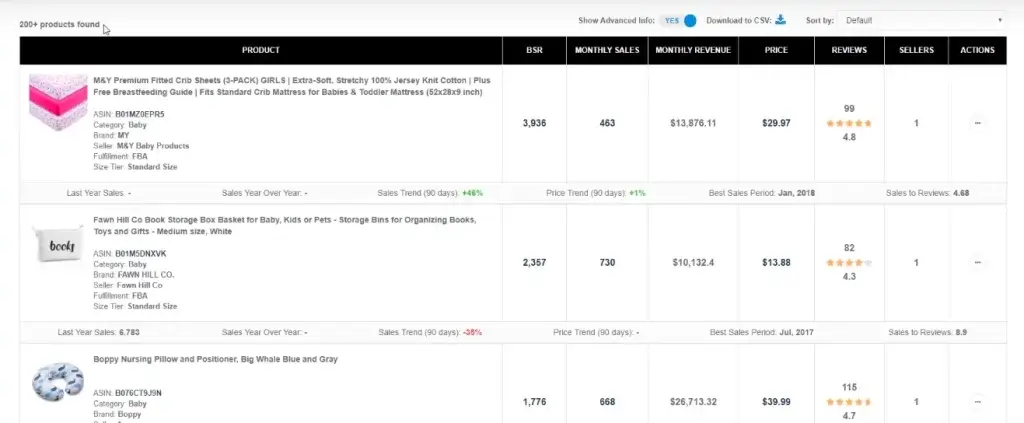
- Use tools like Helium 10 and Jungle Scout to analyze sales trends.
- Check reviews to identify customer pain points and improve your product offering.
- Leverage Keepa for price and sales history data.
2. Choosing the Right Sourcing Method
Selecting the ideal sourcing method is a critical step in the Amazon product sourcing checklist. Your method should suit your business goals, budget, and resources. Whether you prefer private labeling or retail arbitrage, each approach offers unique advantages and challenges. Make sure to research thoroughly and align your choice with long-term objectives.
Popular Sourcing Methods:
- Wholesale: Buy branded products in bulk for resale.
- Private Label: Rebrand or modify existing products under your label.
- Retail Arbitrage: Resell discounted products from local stores.
- Online Arbitrage: Resell items purchased from online stores.
- Liquidation: Purchase excess or returned stock from businesses.
- Handmade: Sell unique, handcrafted items you create yourself.
Read How to start Amazon Product Sourcing to know more about popular sourcing methods and how they work
3. Verifying Product Compliance and Restrictions
Amazon enforces strict guidelines on what can be sold on its platform. Failing to comply with these rules can result in penalties, including account suspension. Before sourcing any product, ensure it meets Amazon’s regulations. This includes checking for hazardous materials, restricted categories, and certifications.
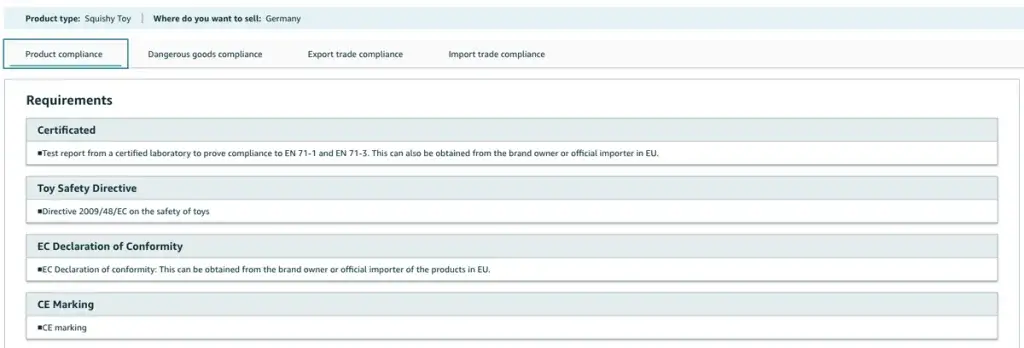
- Avoid flammable items, chemicals, and alcohol-related products.
- Use the Amazon Seller App to check product eligibility.
- Verify compliance with necessary certifications for specialized products.
4. Evaluating Product Condition Standards
Amazon’s condition guidelines are essential for maintaining customer trust and satisfaction. Whether selling new or used items, you must accurately describe the product’s state to avoid disputes or negative reviews. Misrepresenting the condition can hurt your credibility and lead to returns.
Condition Categories:
- New: Factory-sealed, unused, and includes a manufacturer’s warranty.
- Used – Like New: Open-box but in perfect working condition.
- Used – Very Good: Minimal wear and fully functional.
- Used – Acceptable: Heavily used with possible cosmetic damage but operational.
5. Ensuring Product Profitability
Profitability is the lifeline of any business, and Amazon FBA is no exception. Calculate all associated costs before committing to a product, including Amazon’s fees, shipping, and manufacturing. This ensures you maintain healthy profit margins without unexpected financial surprises.
- Account for FBA fees, including storage and fulfillment costs.
- Use the Amazon Revenue Calculator to project potential earnings.
- Negotiate supplier rates to maximize your margins.
6. Testing Products Before Scaling
Scaling a product without testing can lead to unnecessary risks. You can evaluate a product’s performance and customer response by starting small. This minimizes potential losses and ensures you’re investing in items with proven profitability.
- Order a small batch and monitor sales and returns.
- Test different price points to find the optimal balance of demand and profit.
- Use customer feedback to refine your listing before scaling.
7. Planning for Seasonal Demand
Seasonal products can generate massive profits during peak times but pose challenges during off-seasons. Proper planning ensures you capitalize on demand spikes while avoiding excess inventory during slower periods.
- Research seasonal trends using historical sales data.
- Stock limited quantities of off-season items to reduce storage costs.
- Diversify your inventory with evergreen products for year-round stability.
8. Building Strong Supplier Relationships
A reliable supplier is a cornerstone of successful product sourcing. Building and maintaining strong supplier relationships ensures consistent quality, timely deliveries, and smoother operations. Communication and trust are crucial to fostering long-term partnerships.
- Start with small orders to evaluate supplier reliability.
- Negotiate favorable terms for bulk orders or long-term contracts.
- Maintain open communication to address issues quickly and efficiently.
Common Mistakes to Avoid in Amazon Product Sourcing
- Choosing Trendy Products Without Longevity: Avoid sourcing items that may fade out of demand quickly.
- Overstocking Inventory: Buying too much can increase cash flow and lead to storage fees.
- Ignoring Shipping Costs: High logistics expenses can eat into profits.
- Failing to Verify Supplier Credentials: Working with unreliable suppliers risks delays and low-quality products.
- Underestimating Branding Importance: Poor packaging or presentation can harm customer trust.
- Skipping Legal Checks: Not verifying trademark or patent issues can lead to legal problems.
- Overlooking Customer Preferences: Selling items that don’t match your target audience’s needs results in slow sales.
Pro Tip: Want to dive deeper into avoiding these pitfalls? Don’t miss our guide on Amazon Product Sourcing Mistakes to learn how to stay ahead of the game and source smarter!
How Techload Supports Your Amazon Product Sourcing Journey
Techload makes Amazon product sourcing more accessible and efficient, especially for sellers looking to save time and avoid common pitfalls. Whether you’re just starting or an experienced seller, Techload offers solutions to enhance your sourcing strategy.
By focusing on data-driven insights and reliable leads, Techload helps you find the right products to maximize profits while complying with Amazon’s standards.
Why Choose Techload for Your Product Sourcing Needs?
- Handpicked Sourcing Leads: Access carefully selected product lists that align with your business niche and goals.
- Profit Analysis Tools: Detailed insights on profit margins, ROI, and pricing trends to help you make smarter decisions.
- Compliance Assistance: Avoid selling restricted or risky items with pre-checked, Amazon-compliant product suggestions.
- Time-Saving Solutions: Let Techload handle the heavy lifting of sourcing so you can focus on growing your business.
Conclusion
In conclusion, a thorough Amazon Product Sourcing Checklist is the foundation of a successful FBA business. Following this checklist, you can identify profitable products, partner with reliable suppliers, and ensure compliance with Amazon’s guidelines. It’s not just about avoiding costly mistakes—it’s about building a streamlined process that boosts your profitability and strengthens your reputation as a seller.
Start implementing these steps today to secure long-term success on Amazon.
Amazon Product Sourcing Checklist: FAQs
Order samples, vet suppliers thoroughly, and review their feedback or certifications to verify product quality.
Consider shipping times, costs, and product availability; domestic offers faster shipping, while international is often more cost-effective.
Ensure products meet safety, labeling, and trademark requirements as per Amazon’s and local regulations to avoid penalties.

